5 Tips For Landing A Job As A Wildland Firefighter
If you love your job, you’ll never work a day in your life.
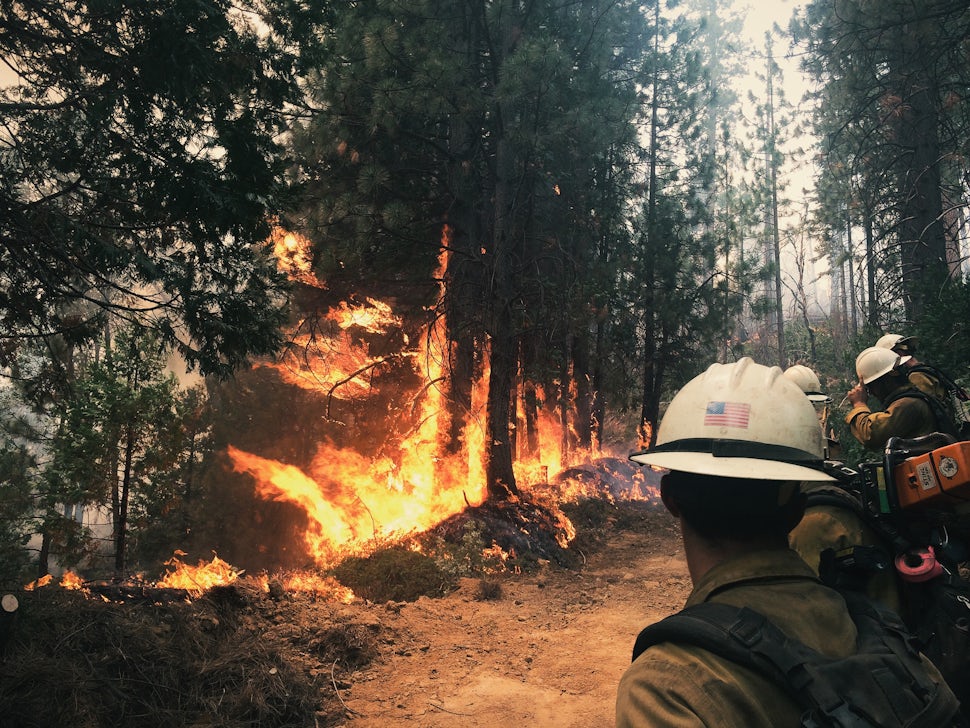
I personally think it is super important to follow that well-known saying and I wanted to make sure I lived that way, so after about 4 years of working for Apple, I decided it was time for a change. I went back to school and got a degree in Fire Science and knocked out my Emergency Medical Technician course. While in that process, I was introduced to a documentary by the name of “Fire Wars”, which took me through what wildland firefighters did and I immediately knew I wanted to go that route rather than municipal fire. Now it was time for the dreaded, complicated, and often frustrating application process.
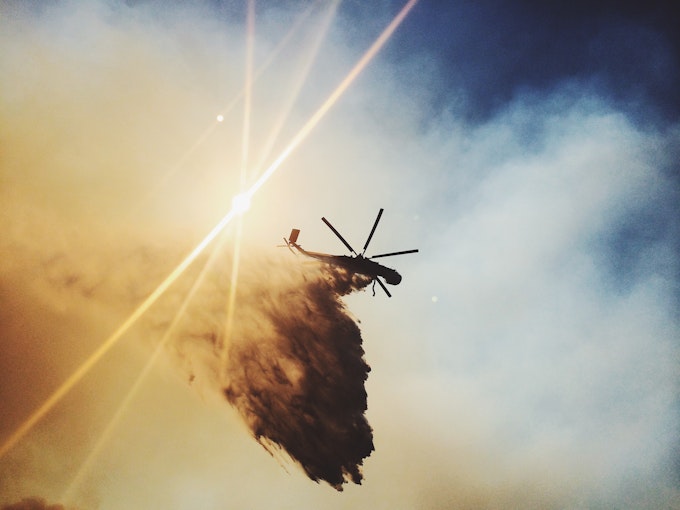
Since I’ve experienced this pain in the neck firsthand, I thought I’d share a few tips to help those of you who think rappelling out of helicopters into burning forests sounds like the right line of work for you. Follow these tips and, with some luck, you’ll be smokejumping by summer:
1. First Things First
You should to have an idea of where you would like to work and who you would like to work for. You can be a wildland firefighter for a few different agencies and they can be federal or state agencies. Some of those are United States Forest Service, National Park Service, Bureau of Land Management, Fish and Wildlife, Bureau of Indian Affairs, and some specific state agencies like CAL FIRE. Once you figure that part out, you should go into the application process with an idea of what type of module you would like to be on. The USFS gives a good summary of each type of position (Engine Crews, Handcrews, Helitack, Hotshots, and Smokejumpers) and you can assume general consistency in these rolls between agencies. Keep in mind that the easiest position to get as a rookie would be on an engine crew, but you can always shoot for one of the other positions. Once you've got an idea of what kind of position you want to apply for, narrow down the locations you'd actually be willing to move to and live for the season.
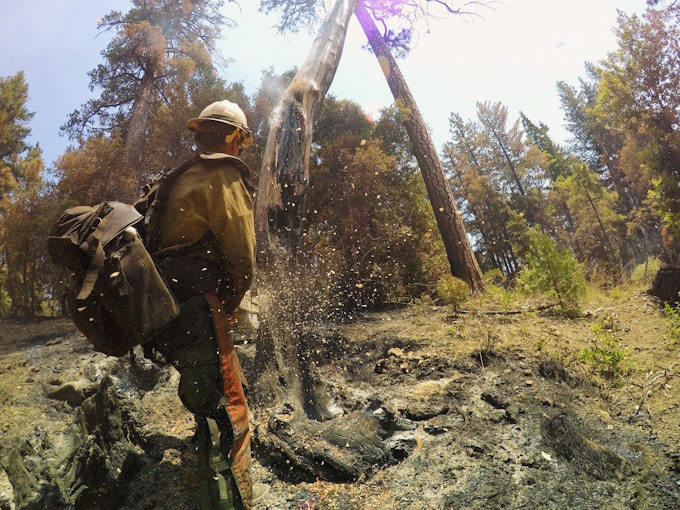
2. Reach Out
Once you’ve slimmed down your options to where and what you'd like to do, it’s time to start talking to your (potential) future management and let them know who you are and that you are interested. This part can be tough because it sometimes feels like you are bugging the people you'd like to work for, but you have to keep in mind how many people are applying for these positions and make yourself stand out from the possibly hundreds of applicants applying for the same position. Most modules won’t even interview or call the folks that don't take the initiative to get in touch beyond submitting an application. I would even recommend visiting the station if it is possible. Let them put a face to the name and see that you are motivated enough to make the trip. Beware, they might ask you to work out with them. Go prepared for a run or hike!
3. The Application
Okay, this is the most important part. You can be the perfect candidate for the perfect location, but if you make a mistake on your application, you will not be hired. If you are interested at all in persuing this job, go make an account on USAJobs.gov right after you finish reading this. Create your profile and fill out as much as you can. You will have an option to upload a resume and cover letter or create one through the website. I do both. Have all your claimed certification (EMT, Wilderness First Responder, etc.) ready to upload and read the outreach letter closely. There are specific requirements and directions per position and you have to follow these closely to be considered. The positions can be found by searching job title or locations but ultimately you want the “announcement number”. These are different every season and vary depending on the type of module and agency you are applying for. The agency or unit you are interested in can supply these to you and usually are on their websites or believe it or not, their social channels. If you want it, reach out.
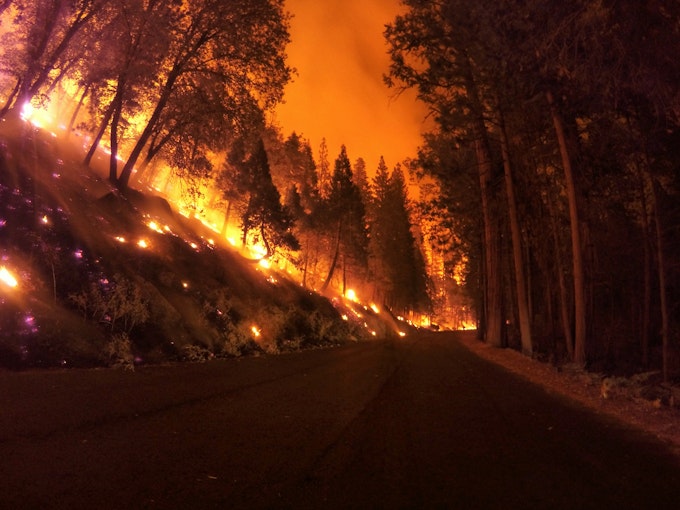
4. The Waiting Game
Once your application is in, it is time to wait. Feel free to follow up with the process but prepare to not get much information on it. The module you apply for is often waiting for information from the higher ups. Even if you know they’re waiting, it can’t hurt to follow up anyway. They want to know who is interested and you'll stand out by following up consistently. After your application has been submitted, you may go back and edit it, but once that deadline date has passed, don't touch it! Really, you just want to edit it if you are adding something that will better your chances. You can view your “application status” on the USAJobs website and it is pretty accurate on the steps your application is taking. The first thing you really want to see is that email that states you are being considered for the position. This email usually means you made it into the pool of candidates. This also means your application worked! From here, things can vary depending on where and what you applied for. Sometimes it’s extremely automated and sometimes the module will have their own process for slimming down the candidates. I have filled out questionnaires, I have done phone interviews, and I have gone and worked out at the station. Just know that the application can be picky and you should take your time with it and be sure it is done accurately. Just be flexible and timely with this stuff. Stay organized and know a little bit about where you are applying.
5. Contract Companies
Did I mentioned how difficult it is to get into a federal position? Hundreds of people apply for that dream location of yours. It may not happen your first try. Don't worry, it didn't for me either. Don't let that stop ya though. There are private companies that get contracted out to help out on fires and this looks great on your resume if you don't have any fire experience. I spent my first summer in Oregon living out of my tent as an on-call firefighter. Oregon definitely has the most of these but they are located all over the Western Unites States. Plus, it was an experience I will never forget. The National Wildlife Suppression Association is a good place to start when looking for contract companies.
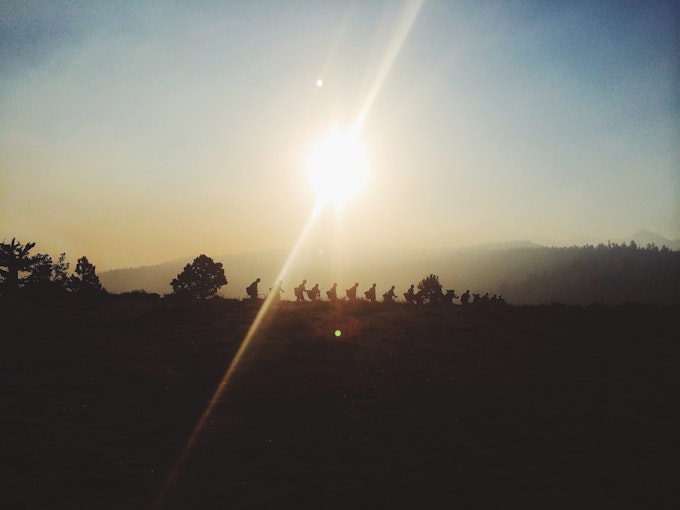
I’ve covered the big ones, but here are a few final things to keep in mind:
- Start this process in the January (ASAP), announcement numbers are slowly trickling out.
- Don’t wait too long to start getting in shape. I usually start training for summer fire season at the end of January or beginning of February.
- Apply to a fair amount of locations, but don’t apply to them all. Only apply to locations you are actually willing to live. Then learn a little about your desired locations.
- Don’t get discouraged, this is a competitive process. I didn't get a federal position my first attempt. Take what you can get this year and you’ll be in a better position to get the dream location next season.
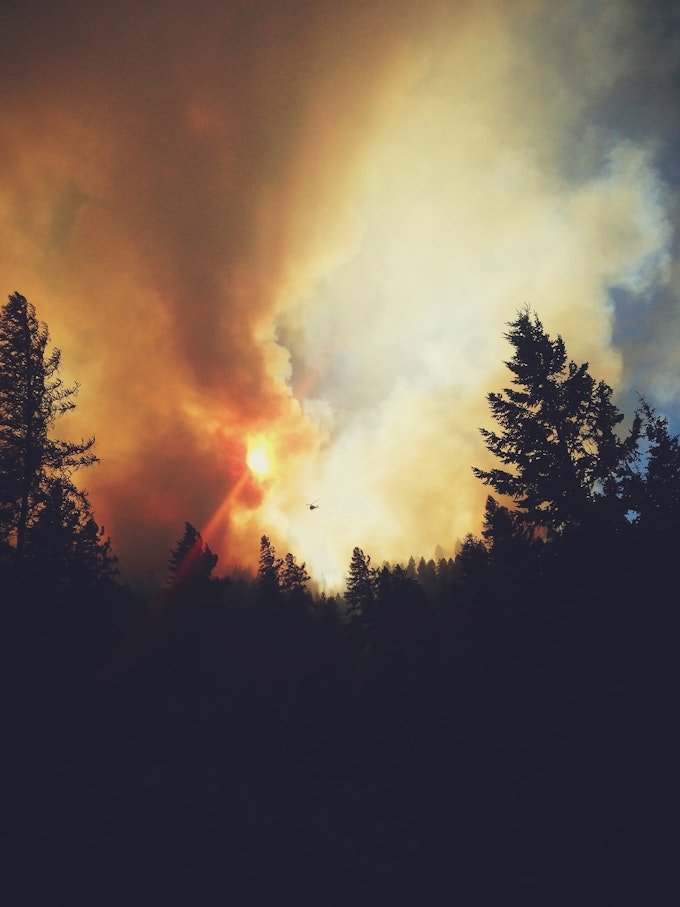
We want to acknowledge and thank the past, present, and future generations of all Native Nations and Indigenous Peoples whose ancestral lands we travel, explore, and play on. Always practice Leave No Trace ethics on your adventures and follow local regulations. Please explore responsibly!
Do you love the outdoors?
Yep, us too. That's why we send you the best local adventures, stories, and expert advice, right to your inbox.







